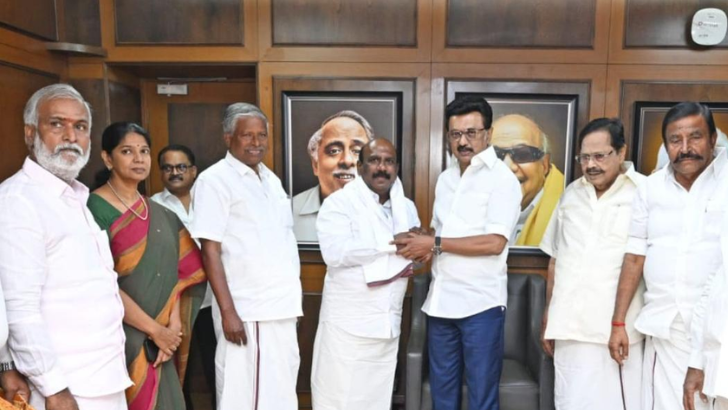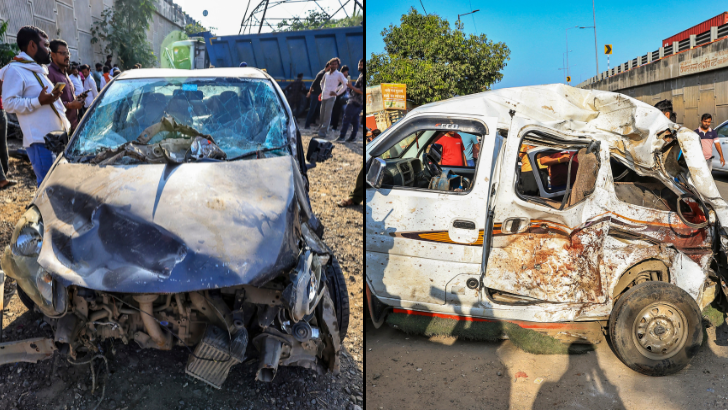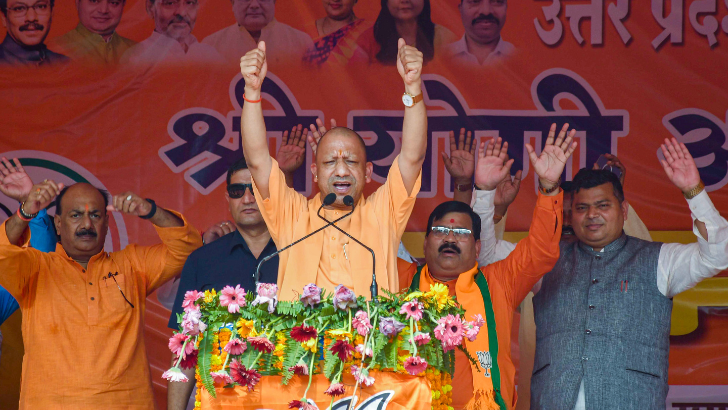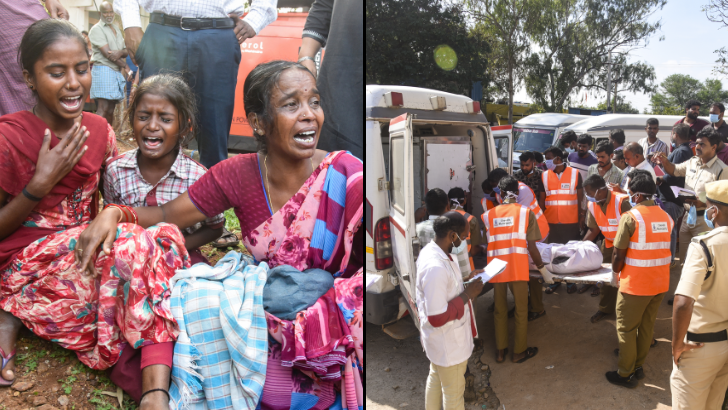Air pollution cuts 3.5 years from life of average Indian: Report
The Energy Policy Institute at the University of Chicago's (EPIC) 2025 report said PM2.5 concentrations in India in 2023 were higher than in 2022.
PTI
-
AI generated image
New Delhi, 28 August
All of India's 1.4 billion people live in areas where annual average
particulate pollution levels exceed the WHO guideline and even those in the
cleanest regions of the country could live 9.4 months longer if the air quality
met global standards, according to a new report.
The Energy Policy Institute at the University of Chicago's (EPIC) 2025
report said PM2.5 concentrations in India in 2023 were higher than in 2022.
These levels are more than eight times higher than the WHO guideline and reducing them to permanently meet the global standard would add 3.5 years to
the average life expectancy of Indians.
According to the WHO's 2021 air quality guideline, the annual average limit for PM2.5 is 5 micrograms per cubic metre, while for PM10 it is 15
micrograms per cubic metre.
These limits are far stricter than India's own standards, which
currently allow 40 micrograms for PM2.5 and 60 micrograms for PM10.
The report said 46 per cent of India's population lives in areas where
annual PM2.5 levels exceed the national standard of 40 micrograms per cubic
metre. Meeting this standard could increase the life expectancy of people in these regions by 1.5 years.
In the most polluted region of the country, the Northern Plains, 544.4
million residents or 38.9 per cent of India's population could gain five years
of life expectancy on average if particulate concentrations met the WHO
guideline.
If all of India were to reduce particulate pollution to the WHO
guideline, residents of Delhi, the capital and the most populous city, would
see the maximum benefits, gaining 8.2 years of life expectancy.
Outside Delhi and the Northern Plains, Rajasthan, Madhya Pradesh and
Maharashtra face the highest health burden from particulate pollution. Reducing
it to the WHO guideline could add 3.3, 3.1 and 2.8 years respectively to the
average life expectancy in these states.
India launched the National Clean Air Programme (NCAP) in 2019 with the
goal of reducing 2017 particulate pollution levels by 20-30 per cent by 2024. In
2022, the government revised the target to a 40 per cent reduction by 2026 in
131 non-attainment cities.
If this target is achieved, residents of these cities would see their
life expectancy rise by two years compared to 2017.
As of 2023, pollution in districts with non-attainment cities declined
by 10.7 per cent relative to 2017, adding six months to the life expectancy of
445.5 million people, the report said.
Leave a Reply
Your email address will not be published. Required fields are marked *








.png)











